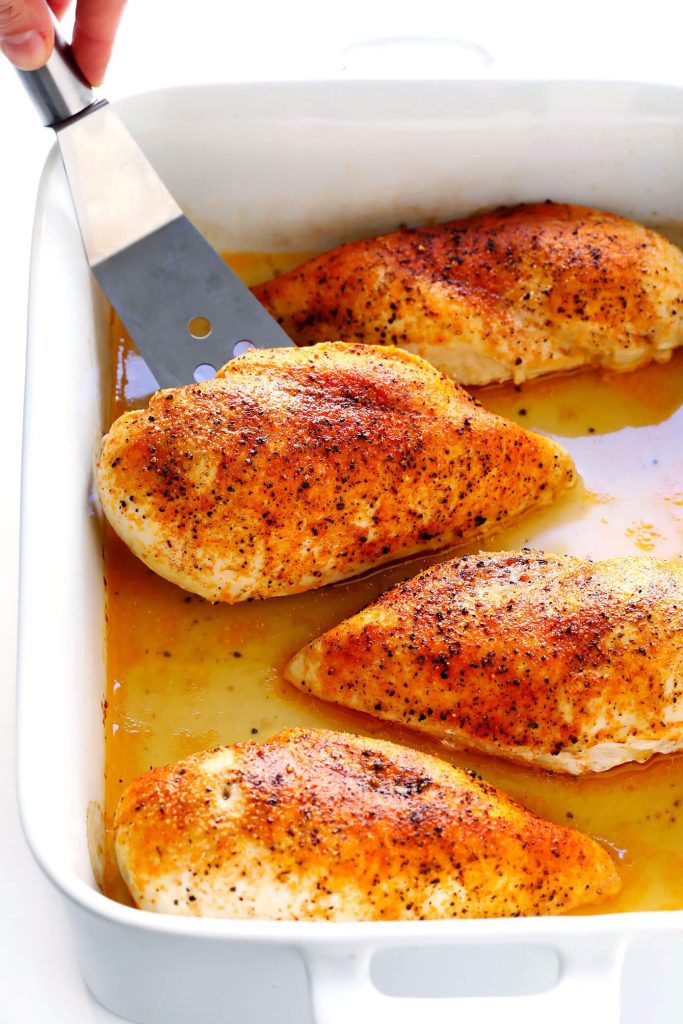If you’re tired of serving dry and bland chicken dishes, then look no further! In this article, we’ll explore the best methods to achieve delicious, moist, and flavourful chicken recipes that will leave your taste buds wanting more. Whether you prefer grilling, baking, or sautéing, we’ve got you covered with simple yet effective techniques that guarantee juicy and succulent chicken every time. Get ready to elevate your chicken game and impress your loved ones with these tried and tested cooking tips. When it comes to cooking chicken, there are a variety of methods you can use to achieve flavorful and juicy results. In this article, we’ll explore some of the best ways to cook chicken, from marinating and brining to grilling, baking, pan-frying, slow cooking, pressure cooking, smoking, sous vide, and even combination cooking methods. With these techniques, you’ll be able to create delicious chicken dishes that are sure to impress.
Marinating the Chicken
Using a buttermilk marinade
Marinating chicken in buttermilk is a popular technique that helps to tenderize the meat while infusing it with flavors. To create a buttermilk marinade, simply combine equal parts buttermilk and your choice of seasonings and spices. You can add ingredients like garlic, onion, herbs, and spices to enhance the taste. Place the chicken in the marinade, making sure it is fully submerged, and refrigerate for at least a few hours or up to overnight. The acidity of the buttermilk helps to break down the proteins in the chicken, resulting in a more tender and flavorful dish.
Trying a citrus marinade
A citrus marinade is another great option for adding flavor to your chicken. Citrus fruits like lemons, limes, and oranges can help to tenderize the meat while providing a bright and refreshing taste. Create a citrus marinade by combining freshly squeezed citrus juice, zest, garlic, herbs, and spices. Place the chicken in the marinade, ensuring it is evenly coated, and refrigerate for at least 30 minutes or up to a few hours. The citrus marinade not only adds flavor but also helps to keep the chicken moist during cooking.
Experimenting with Asian-inspired marinades
If you’re looking to create a deliciously unique flavor profile, consider experimenting with Asian-inspired marinades. These marinades typically combine ingredients like soy sauce, ginger, garlic, honey, and sesame oil to create a savory and slightly sweet taste. You can also add other ingredients like rice vinegar, hoisin sauce, or chili sauce for added depth of flavor. To use an Asian-inspired marinade, simply mix the ingredients together, place the chicken in the marinade, and let it marinate for at least 30 minutes or up to overnight. The longer the chicken marinates, the more flavorful it will become.
Brining the Chicken
Understanding the brining process
Brining is a technique that involves soaking chicken in a saltwater solution to enhance its juiciness and flavor. The process works by allowing the chicken to absorb the liquid, resulting in a more tender and moist final product. To brine chicken, you’ll need to create a brine solution by dissolving salt and any other desired seasonings or aromatics in water. The chicken should be fully submerged in the brine and refrigerated for a specific amount of time, depending on the size and cut of the meat.
Choosing the right brine solution
When it comes to choosing a brine solution, a basic ratio to follow is one cup of salt to one gallon of water. However, you can customize the brine by adding other ingredients like sugar, herbs, spices, or even citrus zest to enhance the flavor. The salt in the brine helps to break down the muscle proteins in the chicken, allowing it to retain more moisture during the cooking process. Experiment with different flavors to find the perfect brine solution for your taste preferences.
Brining time and temperature
The brining time and temperature can vary depending on the cut and size of the chicken. Generally, smaller cuts like chicken breasts or wings require less brining time, around 1-2 hours, while larger cuts like whole chickens can benefit from brining overnight. It’s important to keep the chicken refrigerated while brining to prevent bacterial growth. After brining, rinse the chicken thoroughly to remove any excess salt or seasonings before cooking.
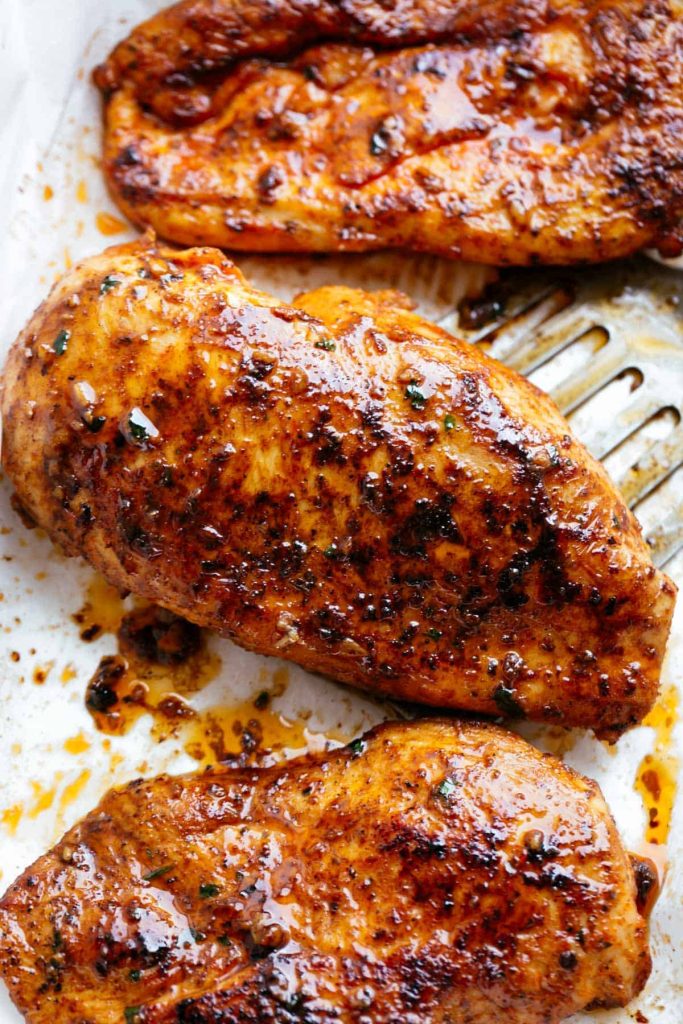
Grilling Chicken
Preheating the grill
Before grilling chicken, it’s essential to preheat the grill to ensure even cooking and prevent sticking. Preheating the grill allows it to reach the optimum temperature for searing and caramelizing the chicken. For gas grills, preheat by turning all burners to high and closing the lid for about 10-15 minutes. For charcoal grills, light the coals and let them burn until they are covered with gray ash. This process usually takes about 15-20 minutes. A properly preheated grill will help achieve those beautiful grill marks and impart a smoky flavor to the chicken.
Direct heat vs. indirect heat
When grilling chicken, you have the option to cook it using either direct heat or indirect heat. Direct heat refers to placing the chicken directly above the flames or heat source. This method is great for smaller cuts like chicken breasts or thighs, as it allows for quick and even cooking. Indirect heat, on the other hand, involves placing the chicken away from the heat source and cooking it with the grill lid closed. This method is ideal for larger cuts like whole chickens, as it ensures the chicken cooks through without burning the outside.
Using marinades and rubs on the grill
Grilling chicken provides the perfect opportunity to add flavor using marinades and rubs. If you marinated the chicken prior to grilling, be sure to discard the used marinade and avoid basting the chicken with it during cooking to prevent cross-contamination. However, you can reserve some of the marinade for brushing onto the chicken during the final minutes of grilling to enhance the flavor further. Alternatively, you can use dry rubs consisting of a mix of herbs, spices, salt, and sugar to add a crusty exterior to the chicken. Simply apply the rub generously to the chicken before grilling for a burst of flavor.
Baking Chicken
Choosing the right baking dish
When baking chicken, it’s important to choose the right baking dish to ensure the chicken cooks evenly and stays moist. Opt for a shallow baking dish to allow the chicken to roast and brown evenly. A glass or ceramic dish is a suitable option as it retains heat well and provides even cooking. Make sure the baking dish is the appropriate size for the amount of chicken you are cooking. Crowding the chicken can lead to uneven cooking and a longer cooking time.
Seasoning the chicken before baking
Before baking chicken, it’s crucial to season it generously to enhance its flavor. You can use a simple combination of salt, pepper, and your favorite herbs and spices, or experiment with more complex seasoning blends. Ensure that you evenly coat the chicken with the seasoning mixture, covering both the skin and the meat. The seasoning helps to form a flavorful crust on the chicken while sealing in its natural juices.
Monitoring the internal temperature
To ensure that your baked chicken is cooked to perfection, it’s essential to monitor its internal temperature using a meat thermometer. Chicken should reach an internal temperature of 165°F (74°C) to be safe to eat. Insert the thermometer into the thickest part of the chicken without touching the bone for accurate readings. Avoid overcooking the chicken, as it can result in dry and tough meat. Remove the chicken from the oven once it reaches the recommended temperature and allow it to rest for a few minutes before serving.
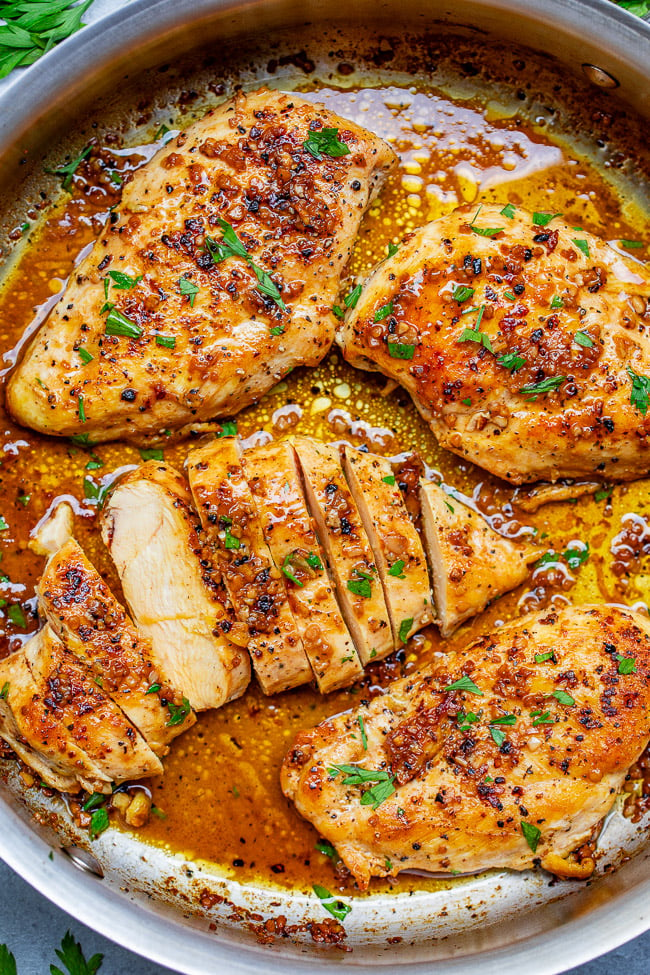
Pan-Frying Chicken
Selecting the right oil
When it comes to pan-frying chicken, selecting the right oil is crucial for achieving a deliciously crispy and golden-brown exterior. Opt for oils with high smoke points, such as vegetable oil, canola oil, or peanut oil, as they can withstand the high heat required for frying without burning. Heat the oil to the appropriate temperature, usually around 350°F (175°C), before adding the chicken to the pan. Using the correct oil and maintaining the right temperature will ensure that your chicken cooks evenly and has a perfectly crispy crust.
Coating the chicken before frying
To achieve a crispy and flavorful crust when pan-frying chicken, it’s important to properly coat the chicken before frying. Start by patting the chicken dry with paper towels to remove any excess moisture. This helps to ensure the chicken browns evenly and doesn’t become soggy. Dip the chicken pieces into a seasoned flour mixture, then into a beaten egg mixture, and finally back into the flour mixture. This double coating creates a nice texture and adds extra flavor to the chicken.
Managing the heat for even browning
To ensure that the chicken browns evenly when pan-frying, it’s important to manage the heat throughout the cooking process. Start by heating the oil to the appropriate temperature before adding the chicken to the pan. Once the chicken is in the pan, avoid overcrowding, as this can cause the temperature to drop and result in a greasy and soggy exterior. Allow the chicken to cook undisturbed on one side until it develops a golden-brown color, then flip it over to cook the other side. Adjust the heat as needed to maintain a consistent frying temperature and achieve a crispy and evenly browned exterior.
Using a Slow Cooker
Benefits of cooking chicken in a slow cooker
Using a slow cooker to cook chicken offers a variety of benefits. It allows the chicken to cook slowly and evenly, resulting in tender and moist meat. The slow cooking process also allows the flavors to develop, creating a deliciously flavorful dish. Additionally, the convenience of a slow cooker means that you can set it and forget it, allowing you to go about your day while your chicken cooks to perfection.
Adding liquid and seasonings to enhance flavor
When using a slow cooker to cook chicken, it’s important to add enough liquid to prevent it from drying out. You can use chicken broth, vegetable broth, or even water for this purpose. Adding liquid not only helps to keep the chicken moist but also infuses it with flavor. You can also add seasonings, herbs, spices, or aromatics to the liquid to enhance the taste of the chicken. Experiment with different flavors to create a dish that suits your preferences.
Cooking times for different cuts of chicken
The cooking times for chicken in a slow cooker can vary depending on the cut and size of the meat. Generally, boneless, skinless chicken breasts will cook faster than bone-in, skin-on chicken thighs or drumsticks. Cook boneless, skinless chicken breasts on low for 4-5 hours or on high for 2-3 hours. For bone-in, skin-on chicken thighs or drumsticks, cook on low for 6-8 hours or on high for 3-4 hours. It’s important to check the internal temperature with a meat thermometer to ensure the chicken has reached at least 165°F (74°C) for safe consumption.
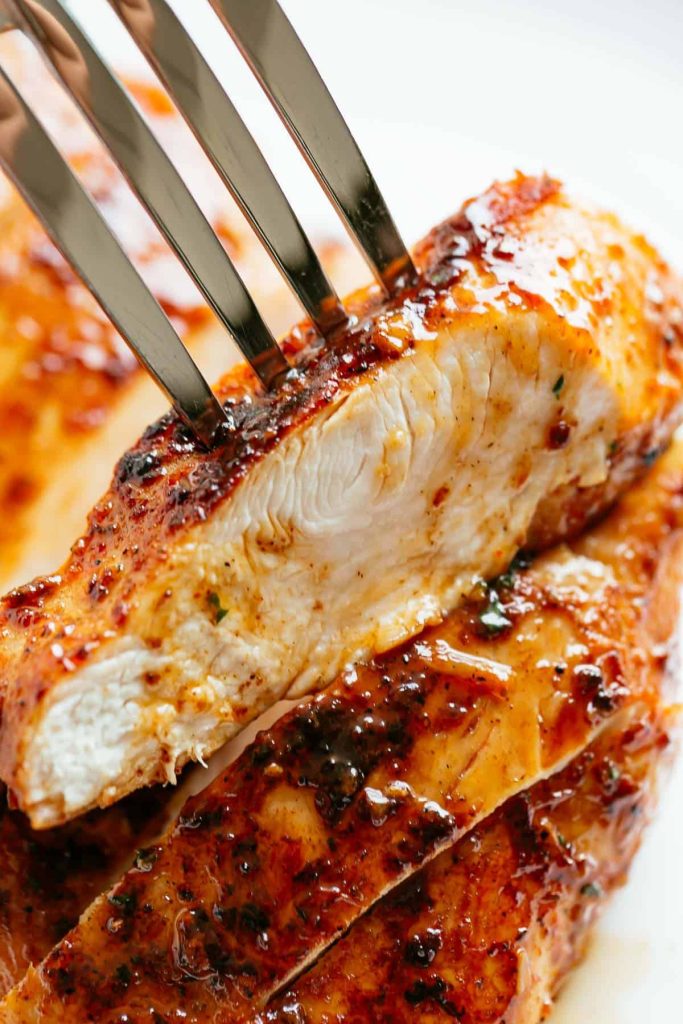
Pressure Cooking Chicken
Understanding the pressure cooking process
Pressure cooking involves cooking food in a sealed pot with steam under high pressure. It’s a time-saving method that allows for quick and efficient cooking of chicken. The pressure cooker creates a sealed environment, which allows the chicken to cook at high temperatures, resulting in tender and juicy meat. The high heat and pressure also help to lock in the flavors, making the chicken incredibly tasty.
Adapting recipes for the pressure cooker
Many traditional chicken recipes can be adapted for the pressure cooker. You can use your favorite marinades, rubs, or seasonings to add flavor to the chicken before pressure cooking. However, it’s important to adjust the cooking liquid as the pressure cooker requires less liquid than traditional cooking methods. For example, you may only need a cup of liquid for a whole chicken compared to several cups for traditional cooking. Follow the manufacturer’s instructions for your specific pressure cooker model and adjust cooking times accordingly.
Quick releasing vs. natural releasing the pressure
Once the chicken has finished cooking in the pressure cooker, you’ll need to release the pressure before opening the lid. There are two methods for pressure release: quick releasing and natural releasing. Quick releasing involves manually venting the steam by turning the pressure release valve to the “venting” position. This method is faster but can cause significant amounts of steam to escape, potentially affecting the texture of the chicken. Natural releasing, on the other hand, allows the pressure to gradually release on its own. This method takes longer but can help maintain the tenderness of the chicken. Follow the recipe instructions for the recommended pressure release method for the best results.
Smoking Chicken
Choosing the right wood for smoking
Smoking chicken is a fantastic way to infuse it with smoky flavors and create a tender and juicy texture. When smoking chicken, it’s important to choose the right wood to achieve the desired flavor profile. Different woods impart different flavors, so select one that complements the chicken. Fruitwoods like apple or cherry provide a delicate and slightly sweet flavor, while hickory or mesquite offer a stronger and more robust taste. Experiment with different wood combinations to find your favorite.
Brining or seasoning the chicken before smoking
To enhance the flavor and juiciness of smoked chicken, consider brining or seasoning it before smoking. Brining the chicken in a saltwater solution helps to keep it moist during the smoking process. Alternatively, you can use dry rubs or marinades before smoking to add layers of flavor. Apply the desired seasoning or marinade to the chicken and let it sit for at least 30 minutes or up to overnight in the refrigerator. This allows the flavors to penetrate the meat, resulting in a more flavorful final product.
Monitoring the smoke level and cooking temperature
When smoking chicken, it’s crucial to monitor the smoke level and cooking temperature to achieve the best results. The smoke level should be light and wispy rather than heavy and billowing. Too much smoke can make the chicken taste bitter. Additionally, it’s important to maintain a consistent cooking temperature. Aim for a temperature between 225°F (107°C) and 250°F (121°C) for slow and even smoking. Use a digital meat thermometer to monitor the internal temperature of the chicken and ensure it reaches at least 165°F (74°C) for safe consumption.
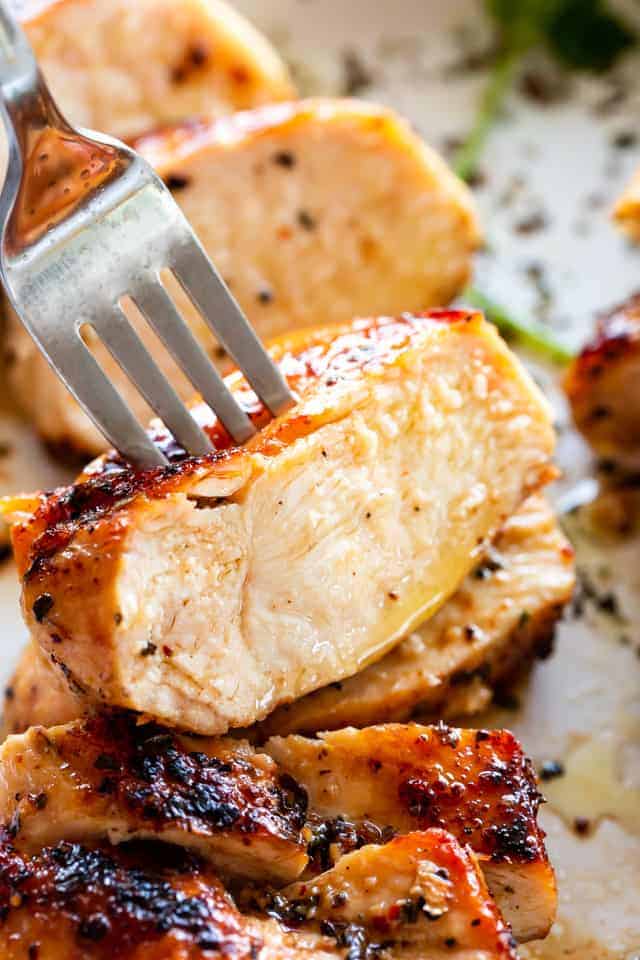
Sous Vide Chicken
Benefits of cooking chicken sous vide
Cooking chicken sous vide, which involves sealing it in a vacuum-sealed bag and cooking it in a temperature-controlled water bath, offers several benefits. This method ensures that the chicken cooks evenly throughout, resulting in tender and incredibly juicy meat. The precise temperature control allows you to cook the chicken to your desired level of doneness, while still maintaining food safety. The sealed environment also helps to retain the flavors and natural juices, resulting in a flavorful and delicious dish.
Selecting the appropriate cooking time and temperature
To cook chicken sous vide, you’ll need a sous vide machine or immersion circulator to regulate the water temperature. The appropriate cooking time and temperature will depend on the desired doneness and cut of the chicken. Generally, boneless, skinless chicken breasts can be cooked at 145°F (63°C) for a medium-rare to medium doneness or 160°F (71°C) for a well-done texture. Dark meat cuts like chicken thighs or drumsticks may require a slightly higher temperature and longer cooking time.
Finishing techniques for a crispy skin
One downside of sous vide cooking is that it doesn’t produce a crispy skin on the chicken. However, there are finishing techniques you can use to achieve a crispy exterior if desired. After cooking the chicken sous vide, pat it dry with paper towels to remove any excess moisture. You can then sear the chicken in a hot skillet or grill for a few minutes on each side to create a crispy and golden-brown skin. This step adds texture and enhances the overall presentation of the dish.
Combination Cooking Methods
Marinate and grill, then bake
A combination of marinating, grilling, and baking can result in a beautifully flavored and fully cooked chicken dish. Start by marinating the chicken in your chosen marinade for a few hours or overnight. Then, grill the chicken over direct heat to achieve those grill marks and smoky flavors. Once the chicken is partially cooked on the grill, transfer it to a preheated oven and bake at the desired temperature until it reaches an internal temperature of 165°F (74°C). This combination method allows the flavors to develop and the chicken to cook through, resulting in a deliciously moist and flavorful final product.
Brine and slow cook, then fry
Combining brining, slow cooking, and frying can create a unique and flavorful chicken dish. Begin by brining the chicken in a saltwater solution to enhance its juiciness and flavor. After brining, transfer the chicken to a slow cooker and cook on low for several hours until it becomes tender and fully cooked. Once the chicken is cooked, remove it from the slow cooker and allow it to cool slightly. Coat the chicken in a batter or breading of your choice, then pan-fry it until it becomes golden brown and crispy. This combination method results in chicken that is both succulent and crispy, offering the best of both worlds.
Smoking and finishing on the grill
For those who love the rich smoky flavors of smoked chicken but also enjoy the charred and caramelized taste that grilling provides, a combination of smoking and finishing on the grill is the perfect method. Start by smoking the chicken to impart the desired smoky flavors. Once the chicken has reached the desired level of smokiness, transfer it to a preheated grill. Finish cooking the chicken on the grill, using direct heat to achieve those beautiful grill marks and a slightly charred exterior. This combination method offers a double dose of flavor and texture, resulting in a truly delicious chicken dish.
In conclusion, there are many ways to cook flavorful and juicy chicken dishes. Whether you choose to marinate, brine, grill, bake, pan-fry, slow cook, pressure cook, smoke, sous vide, or use a combination of cooking methods, each technique offers its own unique benefits and flavors. Experiment with different methods and seasonings to discover your favorite ways to cook chicken. With a little bit of creativity and the right techniques, you can create delicious and satisfying chicken recipes that will impress your family and friends. So, roll up your sleeves, gather your ingredients, and get ready to create some mouthwatering chicken dishes that will leave everyone asking for seconds!
